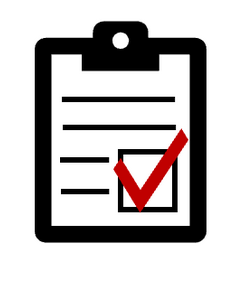Financial History CE/CPE
|
Upcoming And Previous Classes |
|
| The Nature Of Asset Bubbles And How To Avoid Them | REGISTER |
|
COVID-19 Financial Crisis and the Value of Financial History (60 Minutes). |
|
|
The Four Phases of the COVID-19 Financial Crisis and Implications for the Future (60 Minutes) |
|
|
The History And Importance Of The Federal Reserve (90 Minutes) |
|
The History And Importance Of The Federal Reserve
This class recounts the history of central banking in the United States to promote understanding recent events and anticipate the future. Participants learn:
(a) the role of a central bank (i.e., the Federal Reserve) in the U.S. financial system
(b) the consequences of operating without a central bank
(c) the dangers that have impacted the effectiveness of the Federal Reserve in the past
(d) key challenges for the Federal Reserve in the 21st century
We begin by recounting the extraordinary vision of Alexander Hamilton, who created the First Bank of the United States in 1791. Next, we recount the repeated panics, bank runs, and depressions throughout the 1800s, after President Andrew Jackson distributed the reserves of the Second Bank of the United States in 1833. Also reviewed is the Panic of 1907, the last panic before the Federal Reserve Act of 1913 reinstituted the central bank. Finally, the class concludes by explaining multiple challenges affecting monetary policy in the 21st century.
Learning Objectives
- The Role of a Central Bank. Learn why a central bank is essential in a national economy. Understand the pivotal role a central bank plays as a lender of last resort, regulator of price stability, and manager of risks in a banking system.
- Dangers of Decentralized, Unregulated Banking. Learn what happened in the absence of a central bank from 1833 to 1913, when the U.S. experienced frequent financial panics, bank runs, bank failures, fraud, and price instability. Show how the problems of decentralized banking explain the cryptocurrency investment panic.
- Formation of the Federal Reserve. Gain understanding of how the modern Federal Reserve Bank’s dual mandate evolved from the reintroduction of a U.S. central bank in 1913.
- Central Banking in an Era of Low Interest Rates. Master knowledge of the key challenges facing the Federal Reserve leadership in the 21st century. Gain perspective on Post-COVID-19 inflation, managing monetary policy in an era of low interest rates, and the re-emergence of political pressure.





